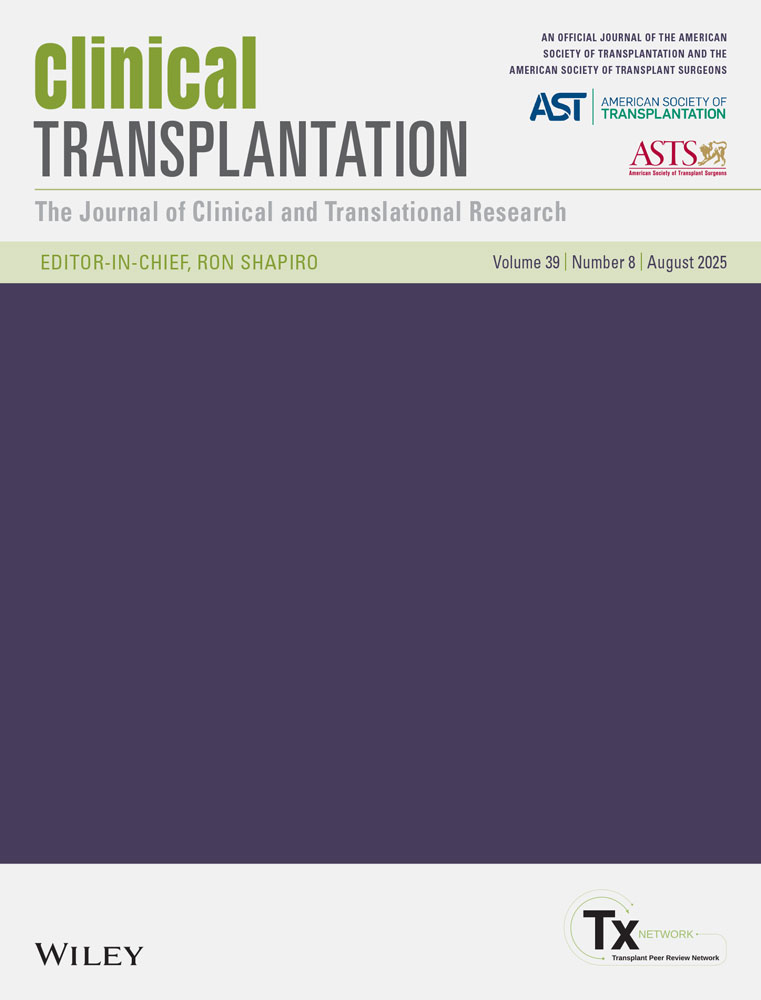Therapeutic drug monitoring of sirolimus: correlations with efficacy and toxicity
Abstract
We sought to examine the potential benefits of therapeutic drug monitoring of sirolimus, a potent immunosuppressive agent that displays a pleiotropic array of side effects. Methods. A high-performance liquid chromatography (LC) procedure combined with ultraviolet detection (UV) was used to measure serial concentrations of parent compound sirolimus in 150 renal transplant recipients over a period of 4 yr. Drug concentrations in whole blood at trough time, as well as within pharmacokinetic profiles, were correlated with clinical events using contingency tables, logistic regression analysis, and receiver operating characteristic (ROC) curves. Results. The LC/UV method showed an excellent correlation with detection of LC-resolved components by tandem mass spectrometry, demonstrating that the LC/UV method selectively detected parent compound. Sirolimus displayed the characteristics of a critical-dose drug: Its concentration could not be predicted by a standard body or demographic measure, or by dose, and it showed high degrees of intra- and inter-individual variability. However, there was a good correlation between trough and area-under-the-curve measurements. There was a significant association between trough values expressed as either observed (<5 ng/mL) or dose-corrected parameter (<1.7 ng/mL per mg administered drug) and the occurrence and severity of acute rejection episodes – despite the low overall incidence of 23 episodes among the cohort of 150 patients. Similarly, ROC functions showed a correlation of the occurrence of hypertriglyceridemia, thrombocytopenia, and leukopenia, but not hypercholesterolemia, with trough concentrations above 15 ng/mL. Conclusion. Due to its behavior as a critical-dose drug, therapeutic monitoring to measure sirolimus concentrations by a LC/UV method may provide clinicians with a tool to optimize outcomes.




